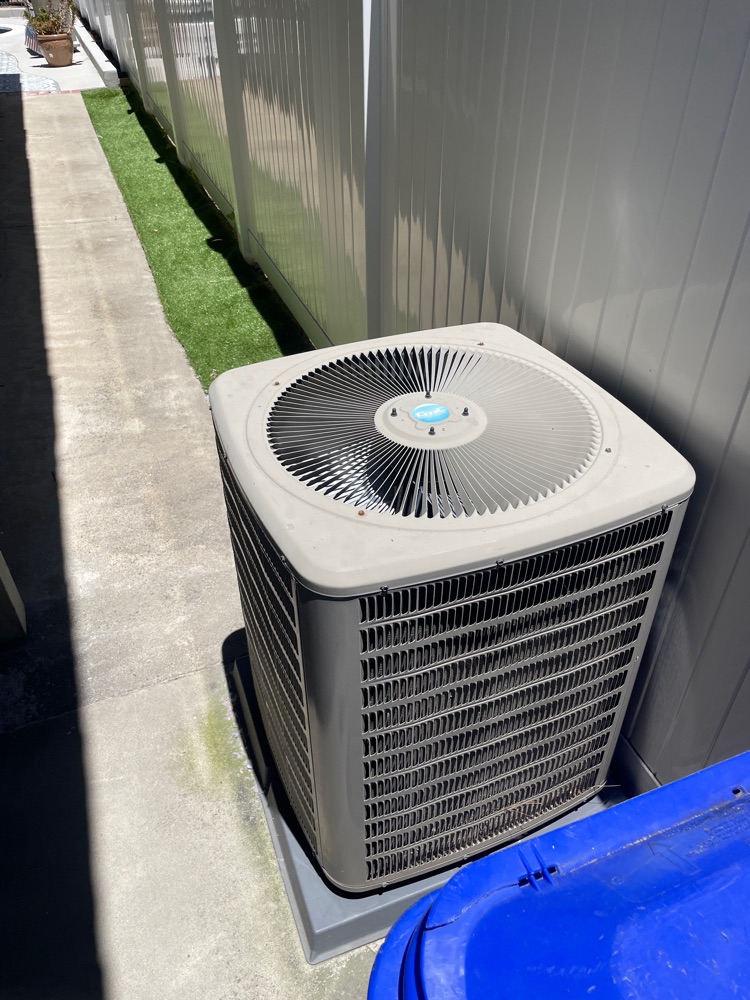If you're like most people, dirty clothes will drive you crazy. When you are without a washer, that turns to be a typical scenario. Instead of expecting the worst case with the need of spending hundreds of dollars for a new machine, you could first try your hand at a DIY washing machine repair. There are several common issues you can check to diagnose and resolve the problem on your own. Before you start, make sure you have all necessary household tools. Make sure the machine is tightly plugged in. Next, check for a tripped circuit breaker. Reset the breaker and try to start the washer. If neither is at fault, you may have a damaged power cord. Check the continuity with a multimeter. If there's no power running through the cord, you'll have to replace it. Front-load washing machines use a door switch, lock and strike that must be engaged before the washer will start. Inspect the door switch in the door frame and make sure the lock engages with the strike. Disconnect the power and remove the front panel to check the switch continuity, and replace it if needed. Normal wear can cause the start switch in the timer to slip on the shaft. Remove the power source to visually inspect the back of the timer. The knob should engage the shaft when pushed in and out. Additionally, although it’s less common, the timer itself may be faulty. Check the continuity and replace it if necessary. Whether the repair is too difficult for your skill level or you're just short on time, a low inspection fee will have you one step closer to clean clothes. Choose the most convenient way and take care of your washer!

November 26, 2023
AC is leaking from the coil – HVAC Troubleshooting in San Diego
Have you encountered a leaking air conditioner? This causes not the most pleasant feelings and deprives you of comfort. Before solving this problem, you should determine what exactly became the source of the air conditioner flow.




















